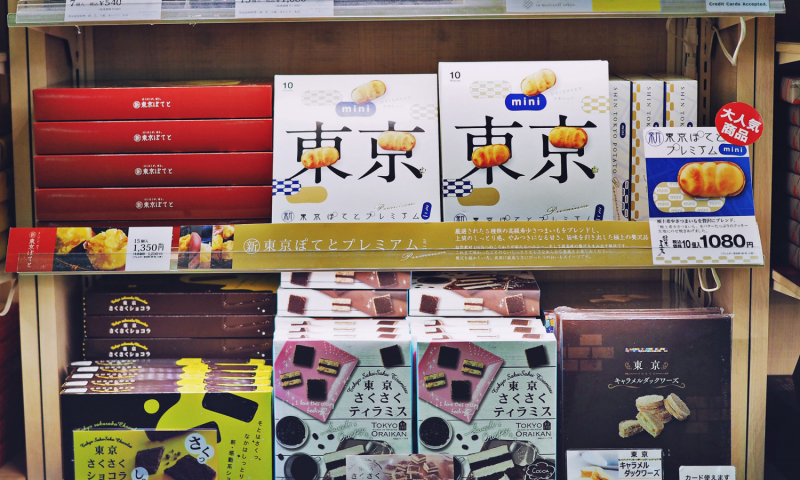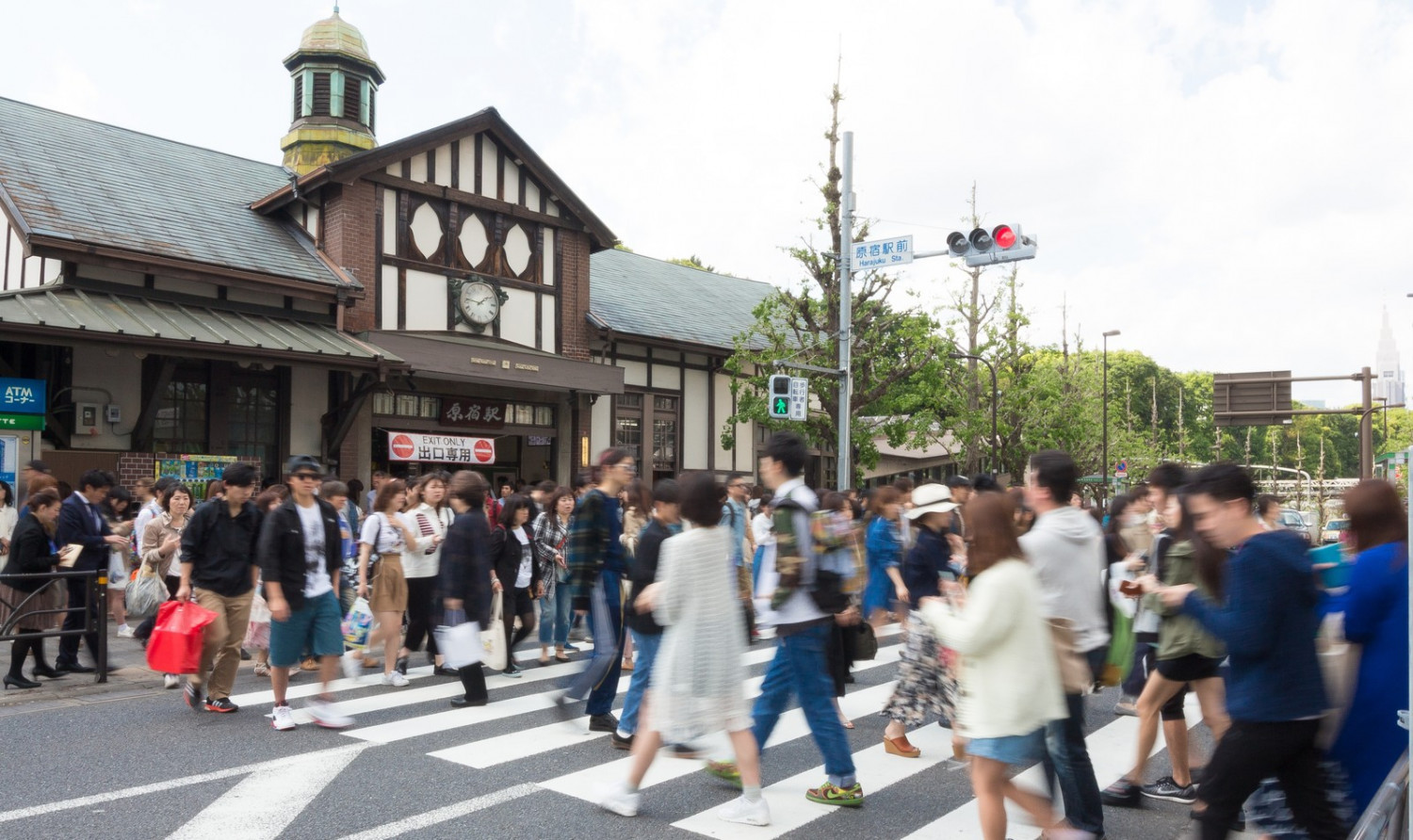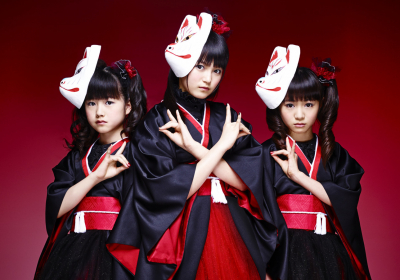
Omiyage: Japan’s Souvenir Culture


Sponsored Links
There are several ways to get around in Japan. You can use the metro and train system, buses, bicycles, cars, and so on. It’s great to get your destination quickly with trains but sometimes it’s a whole different experience to explore the streets in Japan. But, before exploring the streets of Japan, it’s good to know some of the rules of the street.
Here are some that might surprise you:
Jaywalking is illegal in Japan, like many other countries, but in comparison to other parts of the world, pedestrians in Japan generally abide by the law. Even if it is a small road or the light is just a few seconds from turning green, many people in Japan still wait patiently for the light to change green to traverse the road.
Also in Japan, although the traffic light colors are red, yellow, and green, the green light is always referred to as the blue light. In Japan, the concept of the color green is rather new and was traditionally considered a subset of the color blue. Although when traffic lights first came to Japan they were referred to as green lights, most people felt more used to identifying the color green as blue and so the custom continues today.
Finding parking spots in Japan’s cities is difficult. Finding cheap parking spots, even more so. Especially in the city of Tokyo, there is very little room for above-ground parking spots, and most buildings were not built with underground parking areas. Instead in Tokyo and other large cities, there are different types of parking spaces scattered across the cities. One type of parking space is referred to as the parking tower, in which cars can be elevated by a lift and stored in a tower. These parking towers allow for many cars to be stored on a small block of land. Coin-parking areas too, can be found in Tokyo indicated by large ‘P’ signs. Many of these coin-parking areas are temporary and take advantage of plots of land that will later be constructed on. They tend to be relatively expensive though often costing about 100 yen per 30 minutes.
It’s also good to keep in mind that when parking in Japan, it is an unwritten rule to always reverse park into parking spots.
Although wearing seat belts is required for both drivers and passengers, passengers were only first legally required to wear seat belts in Japan starting in 1985. Therefore, when driving around in Tokyo, it’s common to see back-seat passengers without a seatbelt. Seatbelt laws are also not that strictly enforced by the police and although recently taxis and buses have signs requiring the use of seat belts, many people in Japan still seem to not be accustomed to the rule.
Rarely do drivers in Japan honk at another car. If a car won’t start after the light turns green, many drivers will wait, and even when people in Japan do honk the car, they press it with the slightest touch, so it ends up sounding more like a small beep. In Japan people so rarely honk to indicate impatience or anger that it’s honking more often is interpreted as a way of saying thank you. Other ways of saying thank you to another car in Japan include raising your hand slightly or blinking your hazard lights.
Bicycles are a popular way to get around town in Japan. As rent is more expensive the closer you are to a station, many opt to live farther from a station and commute to that station by bicycle. There are laws that require bicyclists to only ride on the left side of the road and not on sidewalks, and children under the age of 13 to wear helmets but these rules are rarely enforced. It is common to see in both urban and rural areas, children riding bikes without helmets and bicycles on both the streets and sidewalk, so beware of bikes switching from sidewalk to road or vice versa. And since there are very few bicycle lanes in Japan, the bicycles tend to stay on the sidewalk even when the sidewalk is very narrow, sometimes leading to crashes between pedestrians and bicyclists. Other times, there may be bike lanes but for some reason, there may be pedestrians walking in them!
Even though drivers in Japan are generally courteous, in residential areas it is common to see cars driving through red lights and on the highway, cars going way above the speed limit. Still, the drivers in Japan tend to be law-abiding and safe. If anything, the most dangerous people on the streets are the pedestrians and bicyclists. In Japan, the pedestrian’s safety tends to be prioritized. The cars, instead, have to be careful to not hit pedestrians and even firetrucks and ambulances drive little by little to ensure the pedestrians’ safety. The pedestrians are so sure of their safety that they often cross roads while looking at their phones, a problem that has even been given a name: aruki sumaho, or smartphone walking.
Check out this video for a simulation of what would happen if everyone crossing Shibuya scramble crossing did aruki sumaho!
Sponsored Links

Afterschool Superstars: Idols Who Enter Showbiz at a Young Age

Best Place for Science Freaks! Visit “Science Bar Incubator” in Yotsuya



